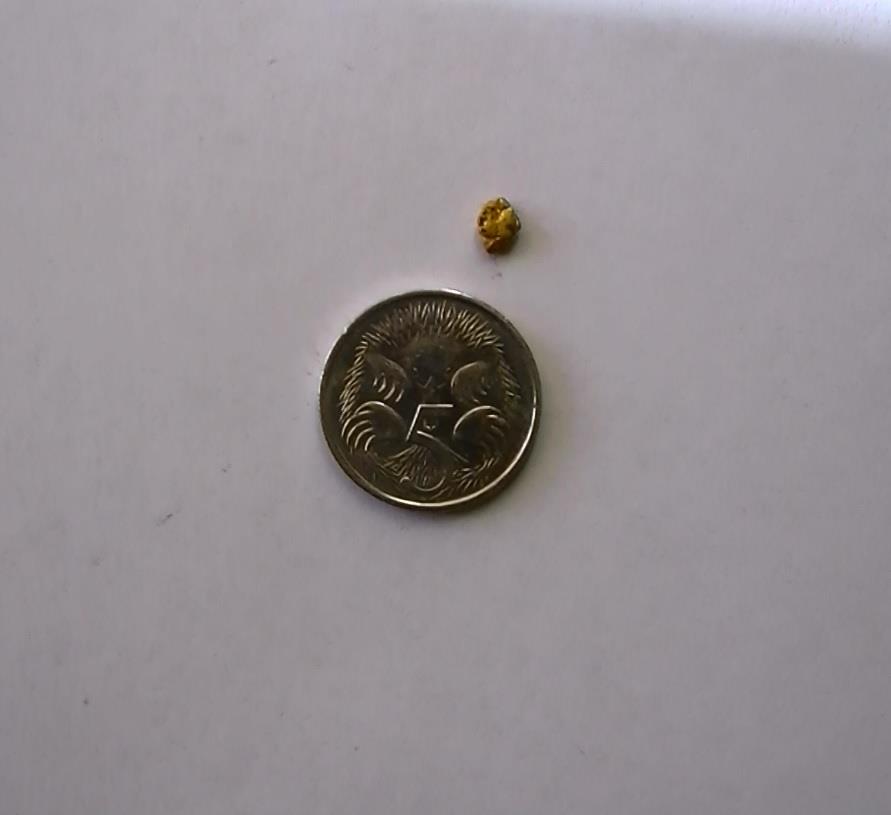- Joined
- Apr 29, 2013
- Messages
- 12
- Reaction score
- 4
Thanks PT
I'll go down that track
I'll go down that track

loamer said:Wooly
Swing speed is deadly. Too fast - forget it - too slow - can be just as bad. From the looks of those finds, I would say you are doing OK for speed, those look like some seriously small finds.
loamer said:Thanks Trash. Talbot - arrggggggggg. I would kill to get on some of the private land there.
loamer said:Wooly
Heaps of diggings is an indicator that gold was somewhere around the area. The majority of diggers holes were duffers - zip, nil, etc. You have to research where the richest areas of the fields actually were. This may involve some library visits to read old reports and check old maps. The Victorian Rewards Committee reports can give some indications at times. A lot of info is NOT on the 'net and tracking down old maps with the notes written for them can be a great detective hunt. It took me 6 years just to track down just one set of map notes.
Swing speed is deadly. Too fast - forget it - too slow - can be just as bad. From the looks of those finds, I would say you are doing OK for speed, those look like some seriously small finds.
wooly said:Today I slowed my swing speed down and once again all that I found all day was lead shot itch nothing deeper than 2 inches.
I even tried an air test over a piece of shot and almost lost signal at 4 inches. There is no way that it would detect a piece of shot anywhere near 8 inches just through the air so I couldn't see it doing it through the ground either.
Could I have a dud? How can I tell if the machine is working as it should?
Syndyne said:Hi Wolf,
Got to run the test for you this morning out in the exact area found. I held it face on to offer best response then turned it sideways (as it's a flat piece).
Weight: 0.23gm triangular shaped thin flake.
Air test distance: Held face on- 5 inches for good response.
Held sideways- 2 inches for good response.
Target was initially found at exactly 10 inches depth.
Hope that helps out a little.
All the best,
Shauno.

washgravel said:Surface area of a nugget is a factor however WOW with the SDC that is a 50% increase of in ground depth (10") over its air depth (5") on that 0.23 gram nugget.
Below is a pic of the 0.22 gram nugget that my friend with his 5000 set in fine-gold could only air test at 4" with an 8" mono.
Although from the SDC result I wonder if 8" in the ground is possible with the 5000, maybe with twice the surface area.
https://www.prospectingaustralia.com/forum/img/member-images/3102/1406789206_0.22_gram_nugget.jpg
Enter your email address to join: